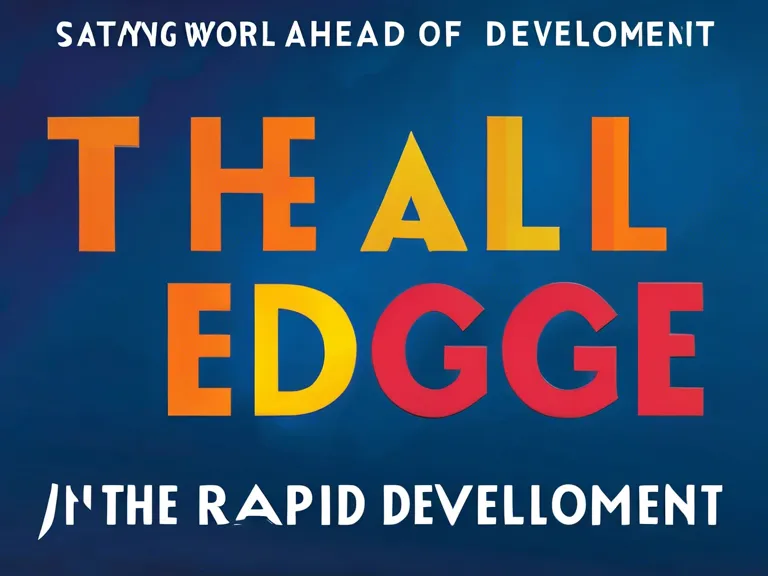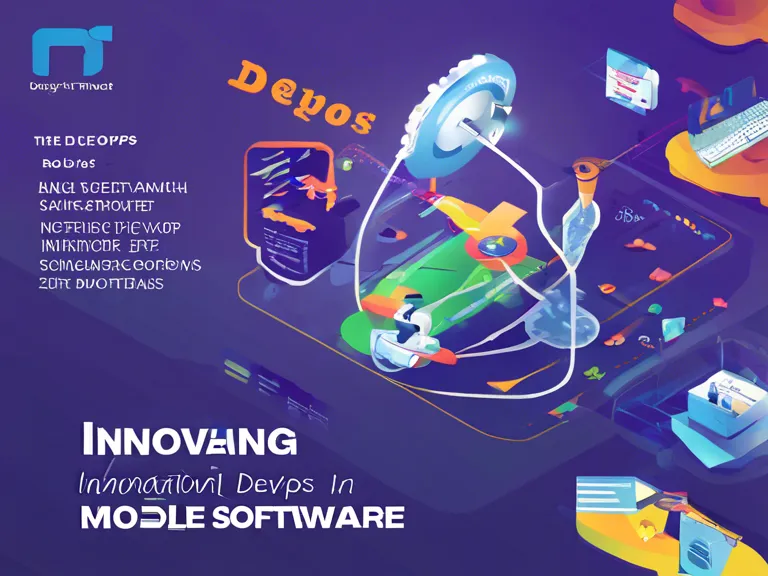
The Future of Coding: Fast-Paced Trends and Technologies in Software Development
In the ever-evolving world of technology, the field of software development is constantly changing and adapting to new trends and technologies. As coding becomes an increasingly crucial skill in our digital world, staying ahead of the curve is essential for developers looking to remain competitive in the industry. In this article, we will explore some of the fast-paced trends and technologies shaping the future of coding.
Artificial Intelligence and Machine Learning
Artificial Intelligence (AI) and Machine Learning (ML) are revolutionizing the way software is developed. From predicting user behavior to automating repetitive tasks, AI and ML technologies are transforming the coding landscape. Developers who are proficient in AI and ML algorithms will have a significant advantage in the job market.
Cloud Computing
Cloud computing has become the backbone of modern software development. Platforms like AWS, Azure, and Google Cloud provide developers with scalable infrastructure and powerful tools for building and deploying applications. Understanding cloud technologies is essential for creating resilient and efficient software solutions.
DevOps and Agile Methodologies
DevOps and Agile methodologies are changing the way software development teams collaborate and deliver projects. By emphasizing collaboration, automation, and continuous integration/continuous deployment (CI/CD), DevOps practices enable developers to release software faster and more reliably.
Internet of Things (IoT)
The Internet of Things (IoT) is connecting devices and enabling a new wave of innovation in software development. Developers working on IoT projects need to have a strong understanding of hardware-software integration, data processing, and security to create successful IoT solutions.
Low-Code/No-Code Development
Low-code and no-code development platforms are empowering individuals with limited coding experience to create software solutions. These platforms allow users to visually design applications without writing extensive code, speeding up the development process and making software development more accessible to non-developers.


